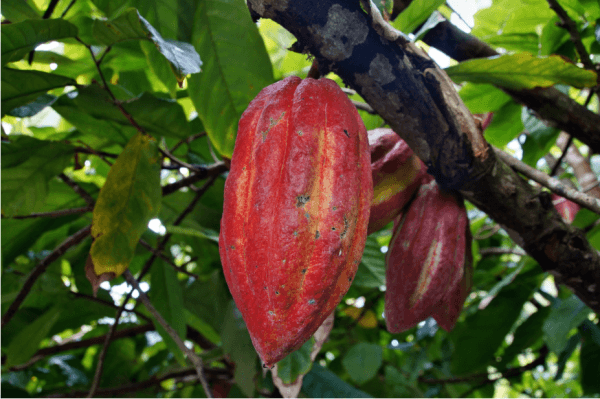

Most of us will have enjoyed the delicious taste of chocolate in the form of bars, candies and pastries, but perhaps given little thought to the long process involved in developing its prized flavours from cocoa. Chocolate production starts with the harvesting of cocoa beans in the wet lowland tropics of Central and South America, West Africa and Southeast Asia. Post-harvest processing has one of the biggest impacts on cocoa quality and, consequently on cocoa taste. This stage involves removing the beans from the pods and allowing them to ferment and dry for several days.
During this time, additional natural contamination of the beans may occur, via the soil itself or from other sources, such as birds. This article discusses the essential role that process validation plays in ensuring the safety of cocoa products.
The main pathogen of concern in cocoa is Salmonella. It can survive for long periods of time in low moisture foods like cocoa; often up to several months, and sometimes even years. The risk of an outbreak of foodborne illness is accentuated by the low infective dose of Salmonella. Just a few cells can make a person sick. In addition, contamination with Salmonella is generally very sporadic. It means that only a few grams of cocoa within thousands of kilos may be contaminated. This makes it very hard to detect Salmonella using traditional sampling plans.
Fortunately, cocoa processing involves several stressing steps for Salmonella –, including nib- or bean-roasting for example. The roasting step applies heat to the cocoa with an optional addition of steam or potash solution in order to develop the desired flavour. The heating stress applied to the cocoa ultimately aids the destruction of Salmonella. Taking measurements that ensure the roasting step is capable of killing a sufficient quantity of Salmonella in a constant, reproducible way is key to assuring the safety of cocoa. This is called Process Validation.
Using the example of a well-recognised Salmonella kill step in cocoa: roasting; a standard performance criterion for cocoa roaster validation is to achieve a 6-log decrease in Salmonella. This means that a roaster will be capable of killing 99.9999% of the Salmonella bacteria in the cocoa. The use of a Salmonella surrogate to validate the efficacy of roasting is vitally important to the cocoa industry. Surrogates are harmless bacteria that mimic the behavior of foodborne pathogens. Given their innocuous nature, they are used directly within the factory to “simulate contamination” and consequently test the efficacy of processing systems.
Continuing the roaster validation example, the first step is to inoculate cocoa samples with the Salmonella surrogate. And in order to prove a 6-log reduction, a high inoculation level must be achieved -, approximately 8-log CFU/g or 100 million bacterial cells per gram. The cocoa samples are then distributed in the roaster for validation using “routine”, worst-case parameters. Post-roasting samples are collected and the surrogate is enumerated. If the counts are below 2-log CFU/g or 100 bacterial cells per gram, the test results are positive (ie the roaster was capable of inactivating 99.9999% (6-log) of the surrogate, and hence also of Salmonella, by correlation).